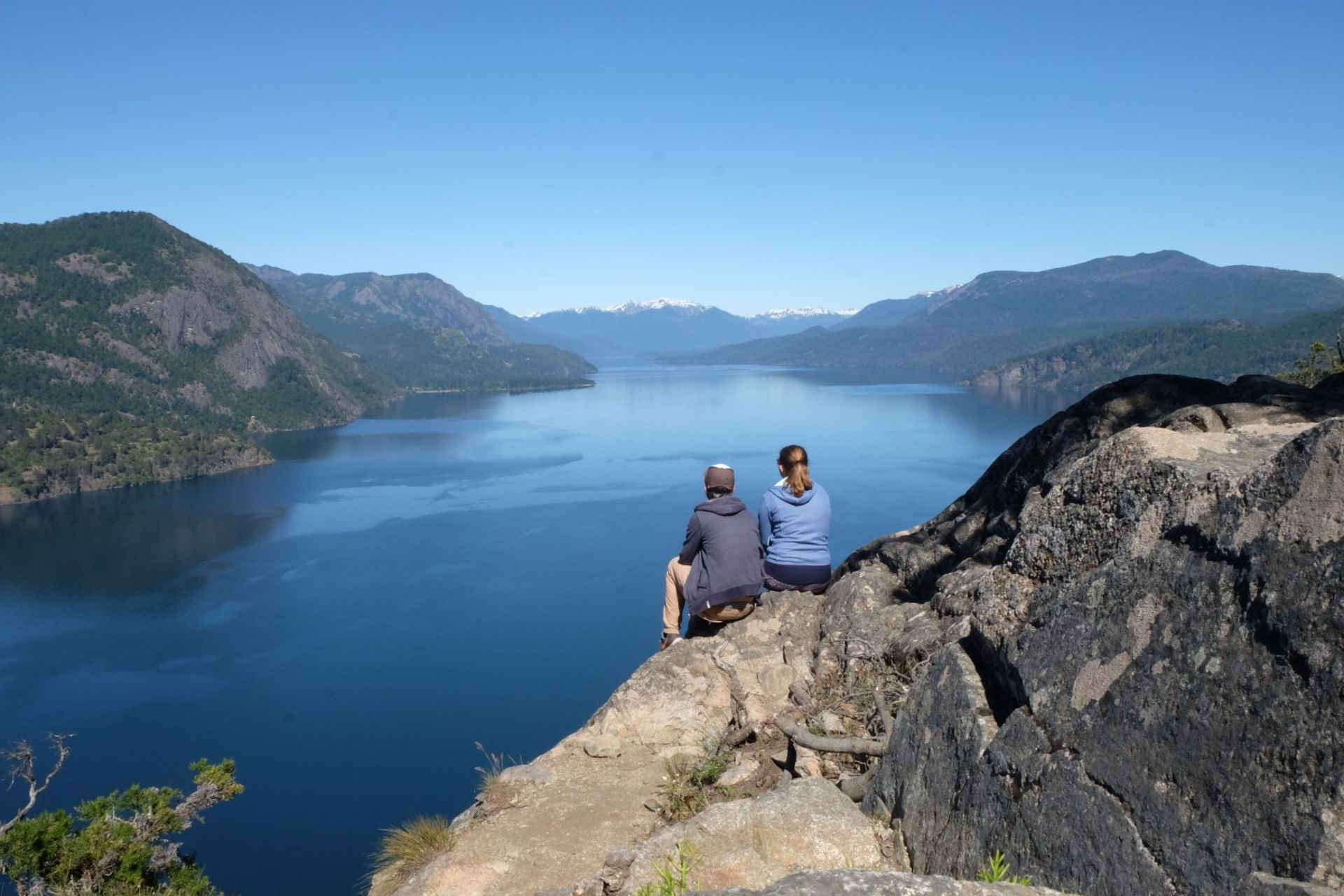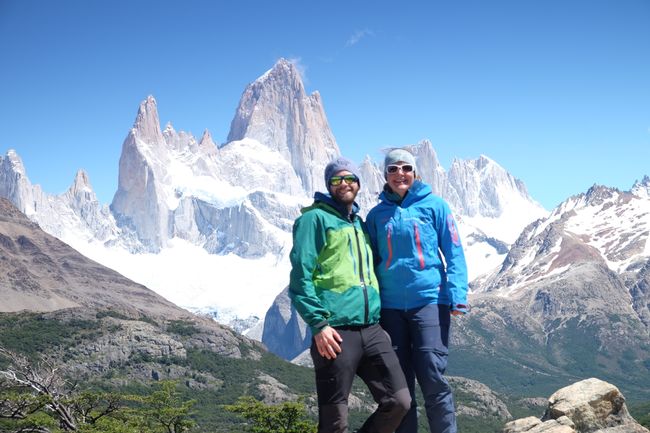Puerto Madryn - Whales, Penguins, and Sea Elephants in the Wild
প্ৰকাশিত: 07.12.2019
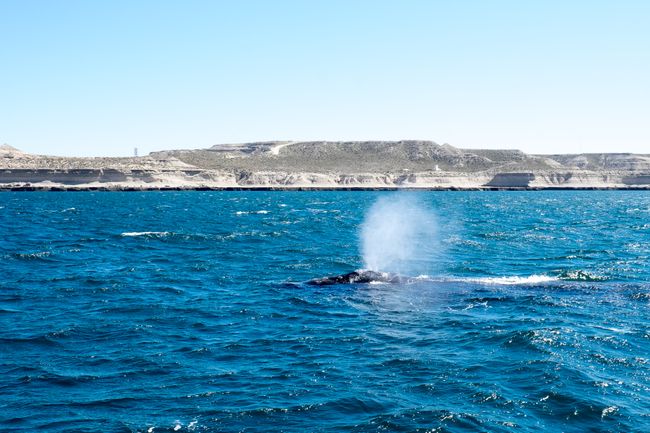
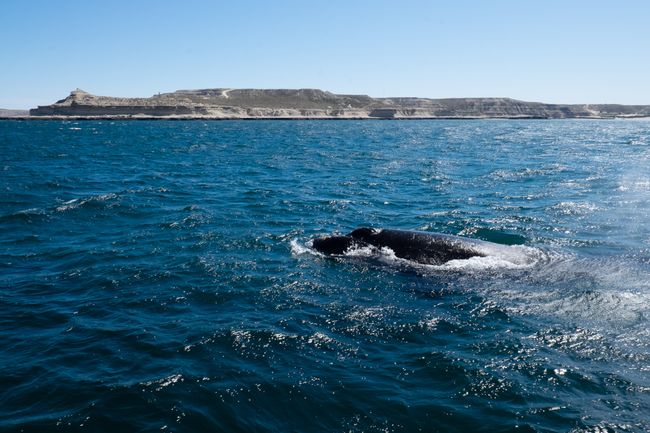
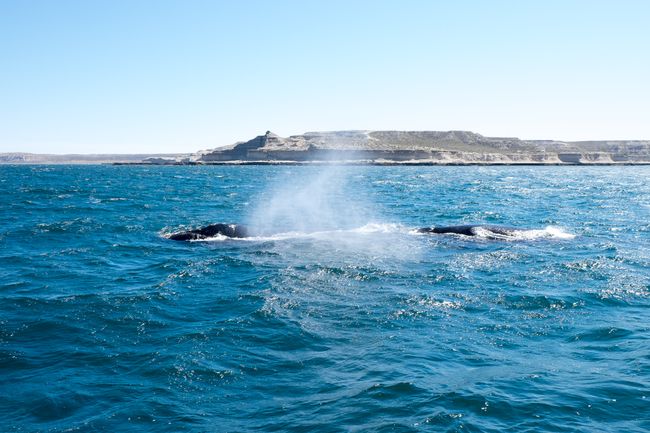
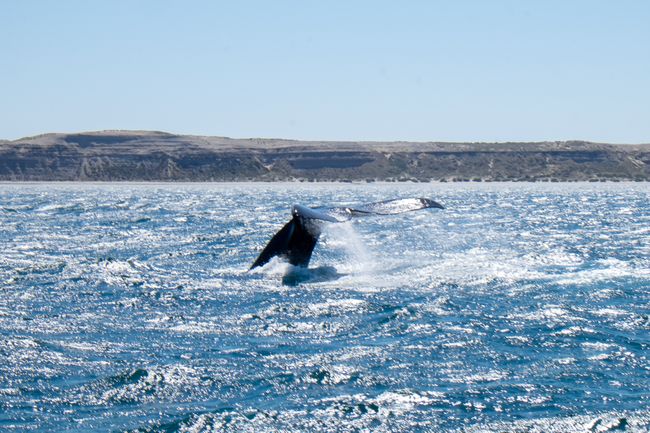
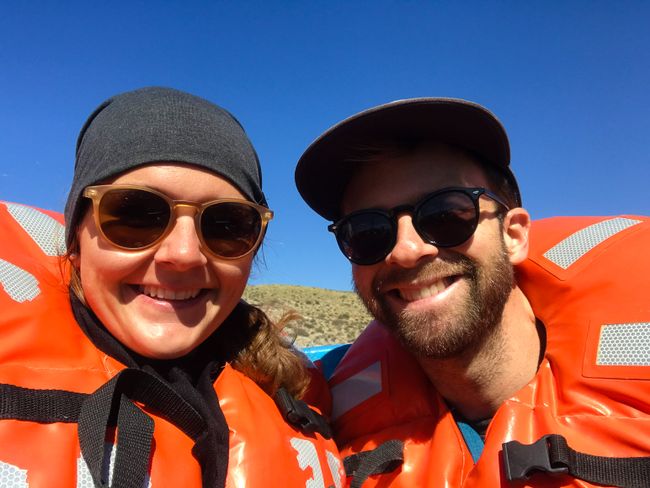
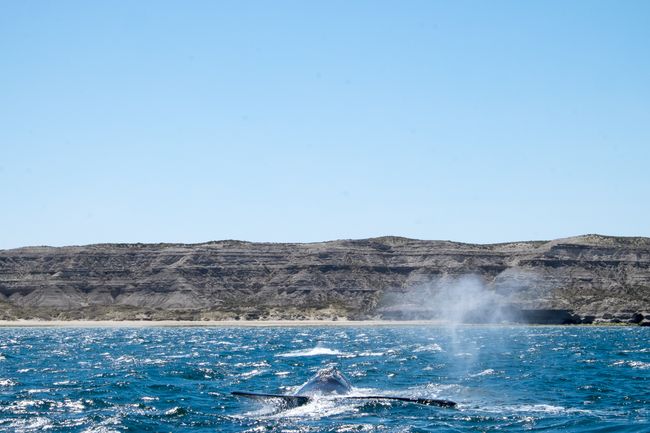
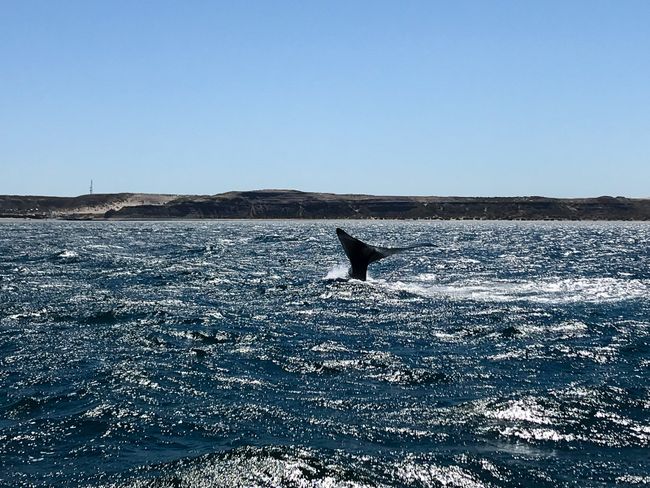
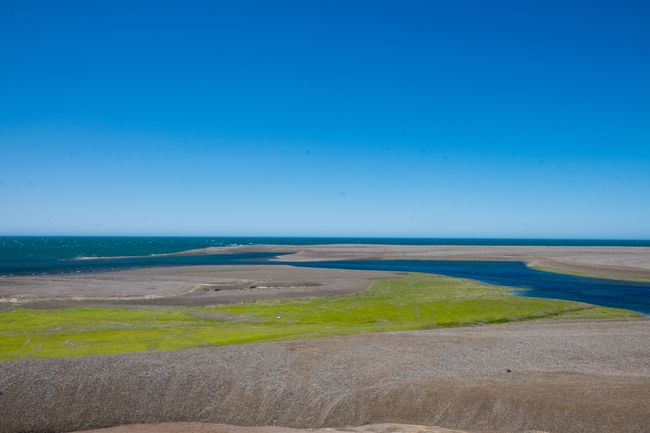
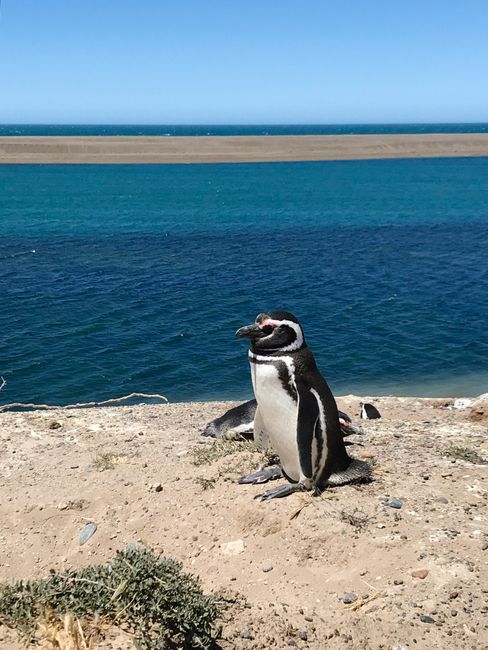
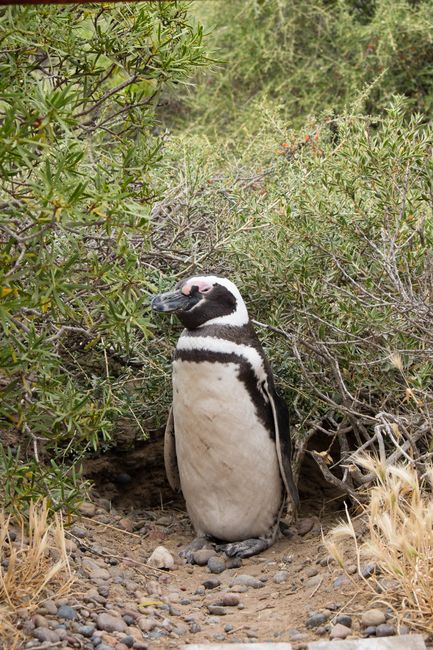
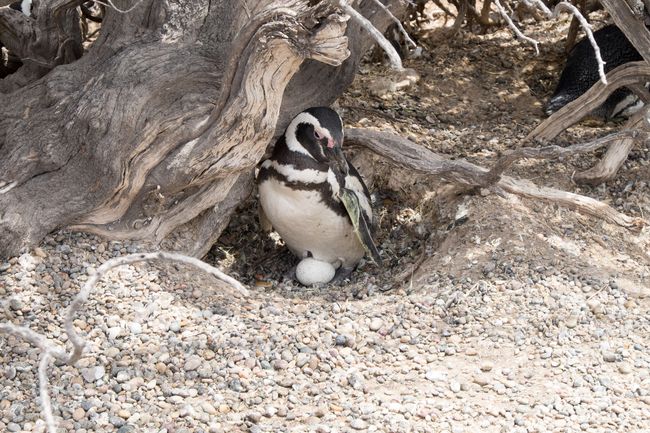
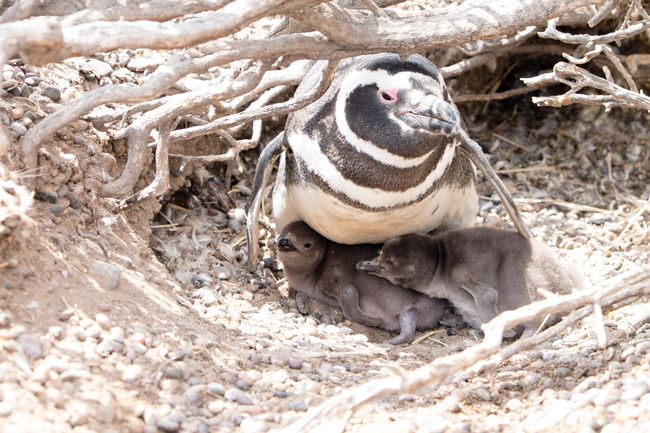
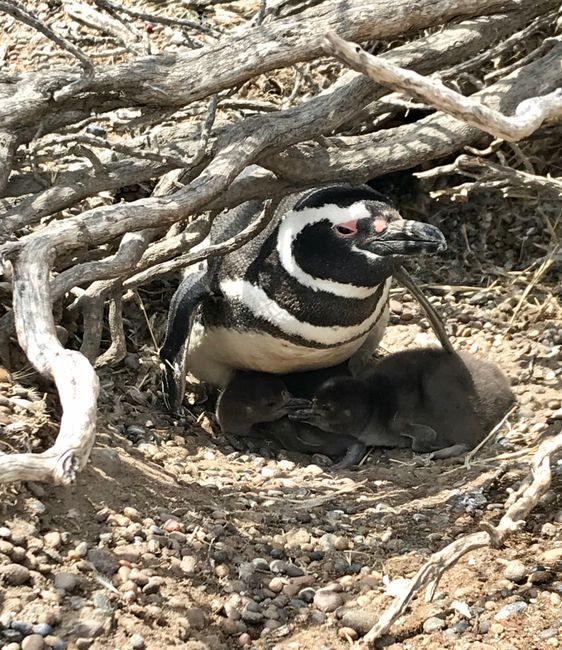
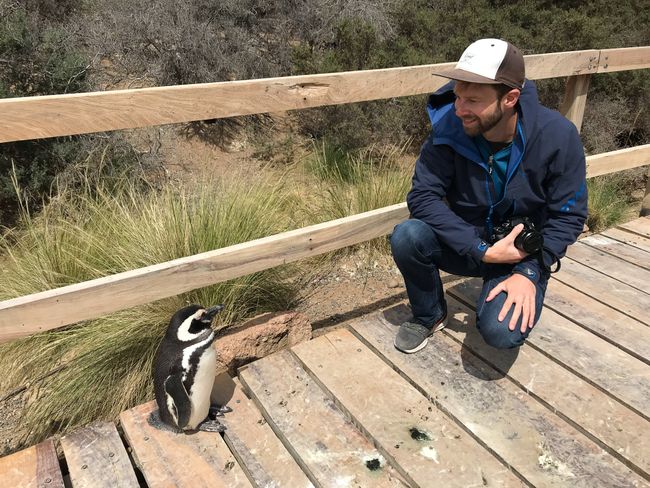
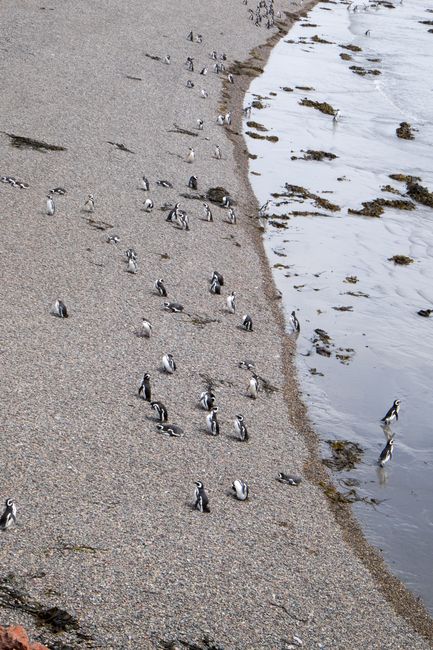
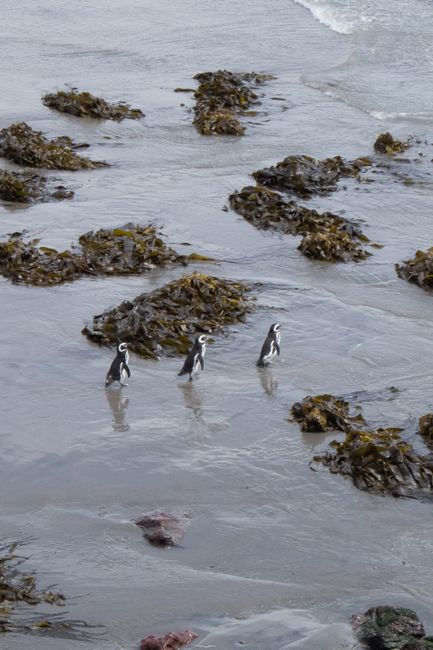
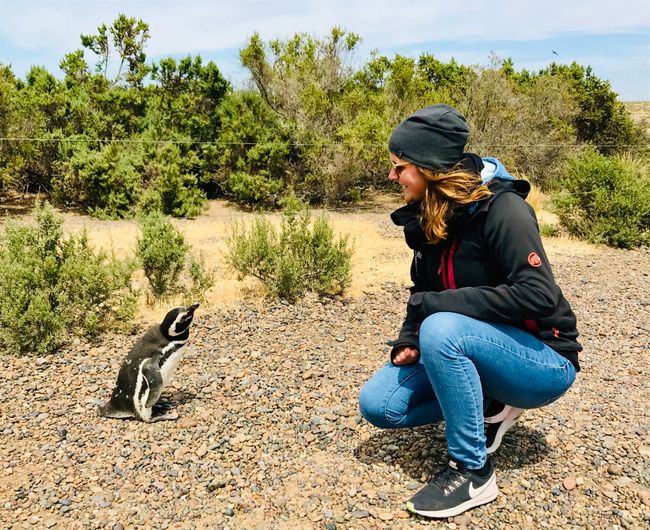
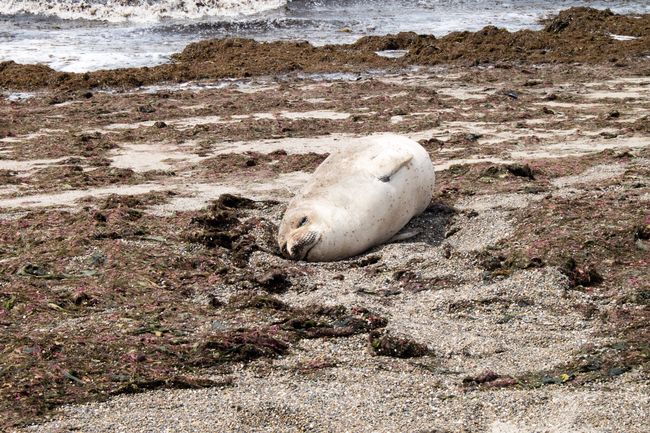
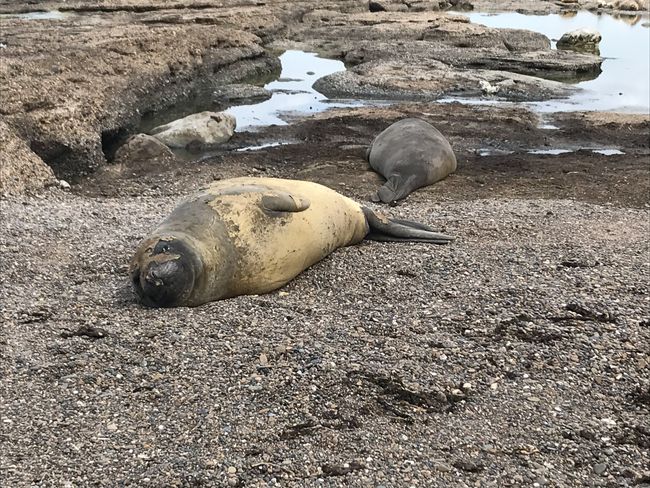
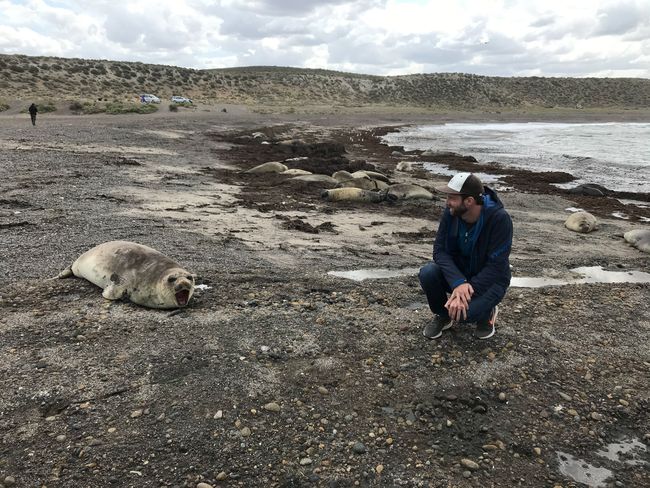
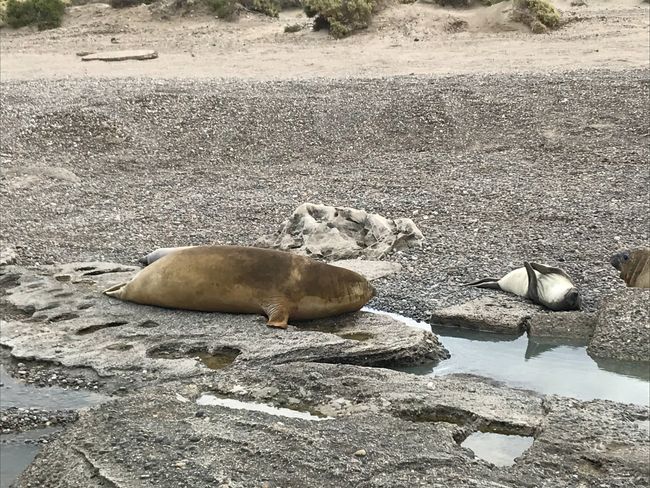
নিউজলেটাৰ চাবস্ক্ৰাইব কৰক
Silently, the large, majestic animals glide to the surface and forcefully expel the remaining water from their blowhole with a powerful "pfff...". We hold our breath in anticipation and witness in awe this beautiful spectacle of nature. We eagerly watch every wave, hoping for their reappearance. And there, just a few meters away, the same beautiful spectacle unfolds once again. The seawater ripples, a part of the gigantic marine mammal emerges, a water spout shoots up into the air with a "pfff..." and for a brief moment, we catch a glimpse of the long back of a smooth whale.
We are in Puerto Madryn, a small city in southern Argentina. It is located on the Golfo Nuevo, south of the Valdes Peninsula, a UNESCO World Heritage site, on the Atlantic coast and gateway to Patagonia. It has long been our dream to observe whales and penguins in Patagonia, and we were not disappointed (it still feels unreal to us, as if it were just a beautiful dream). We wanted to take our time to experience these two natural highlights, so we booked two separate tours with a "rest day" in between. First, we went to see the whales. We took a minibus to the port of Puerto Piramides, where we were equipped with life jackets and provided with important information. One of these pieces of information was to be quiet. If the whales feel disturbed, they will not resurface. So we held our breath, hoping to catch a glimpse of a water spout in the distance. Until the very end, we did not really believe that we would be able to see these majestic creatures. But we were lucky. First, we observed a mother with her calf, then two more together, and finally a single whale. Each boat had a marine biologist on board, explaining and ensuring that the boats kept enough distance and that only one boat accompanied a whale at a time. We were overjoyed to be part of this natural spectacle, but we decided not to go on another whale-watching tour. Nonetheless, we believe that the whales feel disturbed by us humans. Oh yes, when the whales have had enough, they dive back underwater and bid farewell by raising their tail fin.
Our excursion continued with the minibus to the Peninsula Valdes. Antoine de Saint-Exupéry saw in the shape of this peninsula a snake that had swallowed an elephant, and wrote "The Little Prince" as a result. We visited various beaches, cliffs, and river estuaries. We saw birds, sea elephants, and even penguins, but we were still so fascinated by the whales that we couldn't fully absorb nature on this part of the trip.
On the "rest day", we visited a dinosaur museum in Trelew, where skeletons and fossils of different dinosaurs were exhibited. Unfortunately, almost nothing was labeled in English, but as far as we understood, the largest herbivores in the world once lived in this region.
As a birthday outing, we decided to go see the penguins. Unfortunately, the day started unexpectedly with some unrest, as the agreed time for pickup was half past seven. When no one showed up by quarter past eight and no one answered the phone at the tour office, our nerves were starting to fray. After all, it was Carla's birthday outing and the next day we had to continue our journey. We were finally picked up at half past eight. The poor tour guide received the brunt of our frustration and had to listen to our complaints. It turned out that our tour had too few customers, so we were referred to another organization that picked up their guests an hour later. We explained our situation to him and got in the minibus with relief. Now, off we go. Since we had skipped another boat tour, we drove directly to the Punta Tombo Nature Reserve. Punta Tombo is the largest Magellan penguin breeding ground in South America. In late September, when spring awakens in the southern hemisphere, the Magellan penguins migrate from southern Brazil to Patagonia. We were there at the right time and were able to see the first small, fluffy, gray penguin chicks curiously peeking out from under their parents' wings. As the penguins return to the same place, the same breeding burrow, year after year, some of them are accustomed to humans and remain undisturbed. So we were able to walk among the penguins on the path and observe these funny creatures. The penguins freely waddle around and constantly bring a smile to our faces. It's somehow like being in a zoo but also very much in nature. Just like with the whales before, we can hardly believe our luck. Experiencing these birds in this natural setting is unique and beautiful for us. We can't get enough of it. Again and again, a penguin happily waddles by, or they cuddle together in a burrow, compete for recognition, protect their young, or simply enjoy the sun with their eyes closed. Perhaps we should all live our lives more like penguins. Calmly, one step at a time.
Finally, we went to a beach where the giant sea elephants and smaller sea lions were sunbathing. We learned that the sea elephants swim far out into the ocean, dive over a thousand meters deep, eat as much fish as possible, return to the beach, and try not to move as much as possible for three months to avoid losing fat. Who wouldn't want to be a sea elephant? Unfortunately, it also stinks here terribly, you know - no movement allowed. We walked around the enormous mammals at a safe distance, even though they don't move, we don't want to provoke them, as the largest ones easily weigh over 20 tons. On the same beach, more active sea lions were also sunbathing. They didn't set themselves the goal of losing as little fat as possible, so they move around a lot more. They somehow seem very playful and curious. We're sure that if we had thrown them a ball, it would have come back for sure.
We really enjoyed these excursions. It was so wonderful to be able to observe the animals in their natural habitat. We were very grateful to have experienced this and to have been a part of it.
নিউজলেটাৰ চাবস্ক্ৰাইব কৰক
উত্তৰ (1)
Ute
Wieder einrollen Bericht und dir liebe Carla, nachträglich alles Gute zum Geburtstag💌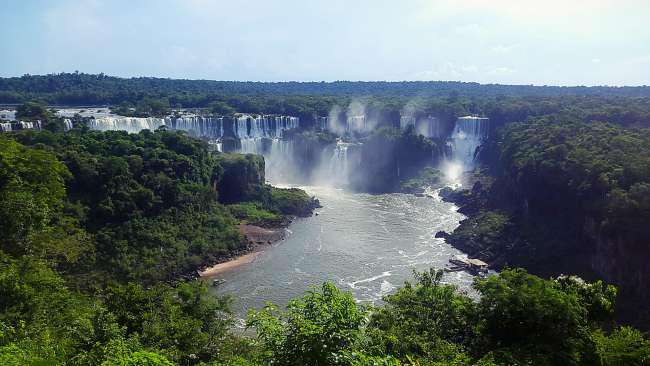
ভ্ৰমণৰ প্ৰতিবেদন আৰ্জেণ্টিনা
